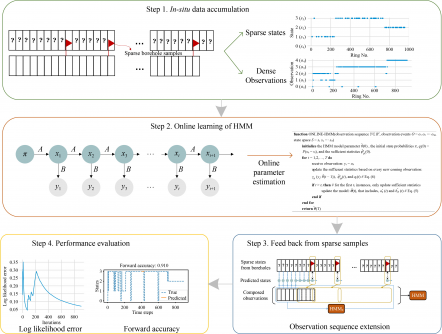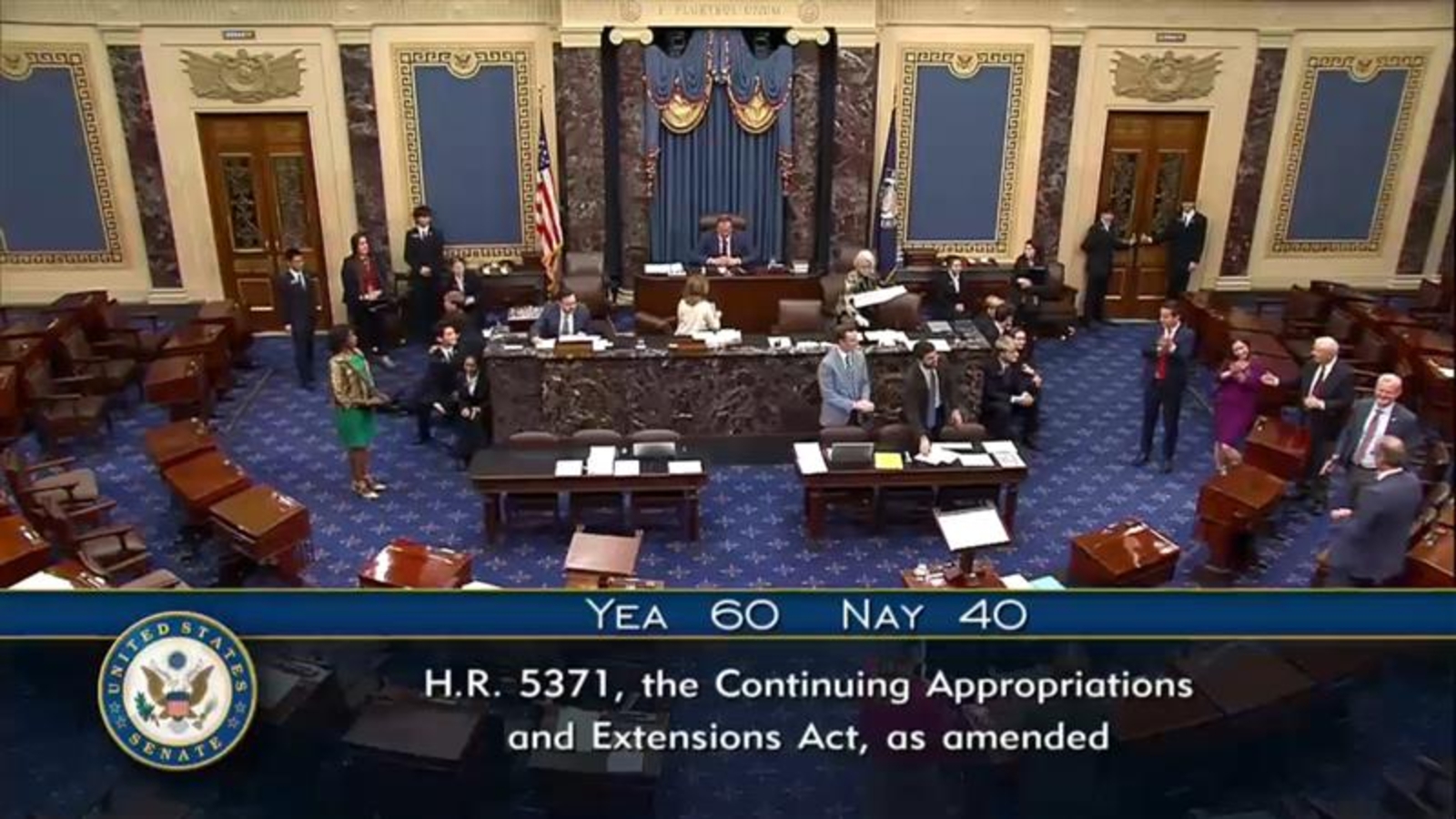URGENT UPDATE: A groundbreaking study has just revealed a new method for predicting geological risks in tunnel excavation that could transform safety in construction projects. Researchers from Huazhong University of Science and Technology and Nanyang Technological University have developed the online hidden Markov model (OHMM), which addresses the critical need for real-time adaptation to geological data during tunnel construction.
This innovative approach is crucial as traditional geological data collection methods often fail to provide timely and accurate risk assessments, leading to dangerous conditions like collapses or water inrush that threaten both safety and project timelines. The OHMM leverages online learning to continuously update its predictions with new data, making it a game-changer in the industry.
The study, titled “Geological Risk Prediction Under Uncertainty in Tunnel Excavation Using Online Learning and Hidden Markov Model,” focuses on a tunnel excavation project in Singapore, comprising 915 rings. Researchers found that OHMM significantly outperformed conventional models, achieving an impressive forward prediction accuracy of 0.968 when utilizing just 300 observed rings of data. Even with 600 observed rings, the accuracy remained high at 0.902, showcasing its reliability.
Traditional techniques, such as borehole logging and seismic methods, have long faced limitations, including sparse sampling and measurement errors. The OHMM addresses these issues by incorporating an observation extension mechanism that allows pre-construction borehole samples to enhance the predictive capability of the model, enabling it to forecast risks in unconstructed areas effectively.
According to the lead author, Limao ZHANG, the model not only improves prediction accuracy but also provides stable capabilities for up to 100 rings ahead. For practical applications, a foresight distance of 30 rings is recommended to guide tunnel excavation safely and efficiently.
This research is set to have a profound impact on the construction industry, potentially reducing project delays and enhancing safety measures across the globe. As the field of tunnel construction evolves, real-time risk management tools like OHMM will be vital in ensuring the safety of workers and the structural integrity of projects.
The full study is available for those interested in the technical details at: https://doi.org/10.1007/s42524-024-0082-1. As the implications of this research unfold, stakeholders in the construction sector are urged to keep a close eye on developments surrounding the OHMM and its integration into ongoing and future tunnel projects.







